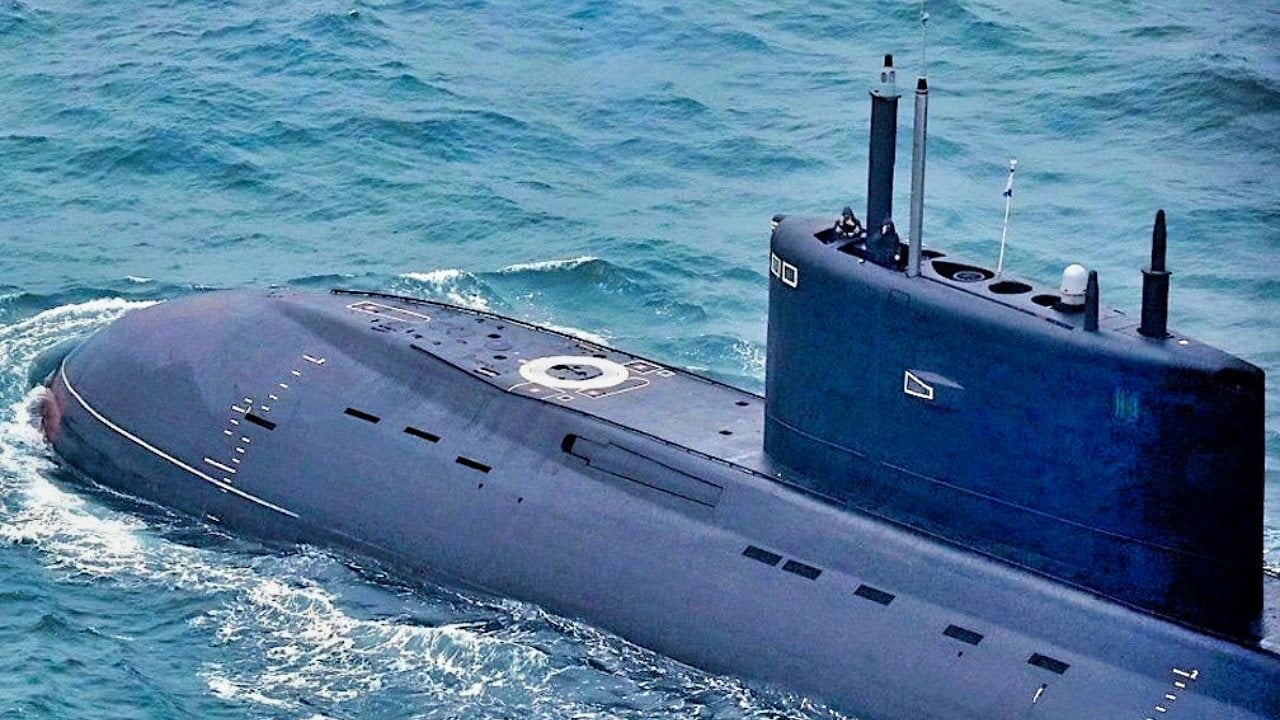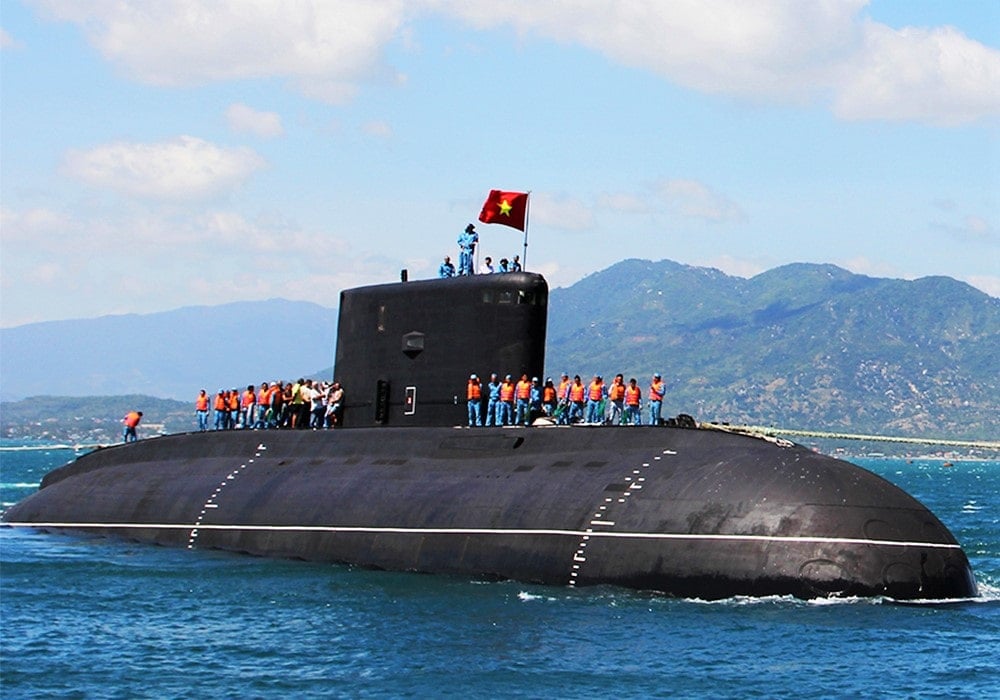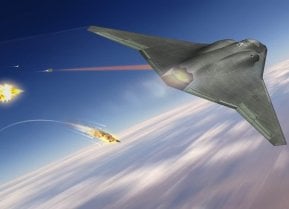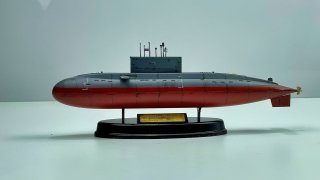Ukraine Claims to Have Sunk Kilo-Class 'Black Hole' Stealth Submarine
Ukraine claimed to have sunk the Russian Kilo-class submarine Rostov-on-Don in the Black Sea, marking the second time this submarine has been targeted. The first attack in September heavily damaged the sub, which was reportedly under repair or in sea trials when hit again.
Summary and Key Points: Ukraine claimed to have sunk the Russian Kilo-class submarine Rostov-on-Don in the Black Sea, marking the second time this submarine has been targeted. The first attack in September heavily damaged the sub, which was reportedly under repair or in sea trials when hit again.

-This loss would be significant for Russia's Black Sea Fleet, especially since additional submarines can't enter the Black Sea due to Turkey's control over the straits.
-The incident remains unverified by Western sources and unacknowledged by Russia.
Did a Russian Kilo-Class Submarine Get Hit by Ukraine?
Cue the social media memes, Ukraine – a nation that has no navy to speak of – claimed to have sunk yet another Russian submarine, the previously damaged Kilo-class Rostov-on-Don, which was targeted on Friday in a missile strike. If confirmed, it would be the second successful targeting of the Russian Navy submarine in the past year.
It was last September that Ukrainian forces attacked Rostov-on-Don with a cruise missile when the boat was in drydock, and believed it to be sunk. Though heavily damaged, the submarine was repaired and may have been engaged in sea trials when she was hit again. The diesel-electric improved Kilo-class attack submarine was launched in June 2014 and commissioned in December of that same year.
"A Russian submarine went to the bottom of the Black Sea," the Ukrainian Ministry of Defense announced, adding, "As a result of the attack, the submarine sank. Great work, warriors." During the strike, four S-400 Triumf air-defense systems were also reported to have been targeted.
The sinking of the submarine hasn't been independently verified by Western media outlets, while the Kremlin hasn't acknowledged the recent missile attack on the occupied Crimea.
Employing Western Aid
Though Ukraine has employed domestically-built aerial drones to target distant Russian air bases as well as the Kremlin's tanks on the frontlines, and it has used sea-skimming naval drones against the Russian Navy's Black Sea Fleet, much of the success in striking the occupied Crimea has been the result of long-range Western missiles.
That ordnance, along with the naval drones, has forced the Russian Navy to relocate its warships away from Sevastopol.
"The Rostov-on-Don was probably also about to retreat to Novorossiysk," Yörük Ik, a geopolitical analyst from the Bosphorus Observer maritime consultancy based in Istanbul, told Newsweek.
Losing a Black Hole
Though the Russian Navy is reported to operate more than sixty diesel-electric Kilo-class submarines, which are reportedly armed with Kalibr missiles that can be used to strike targets on land or at sea, the loss of the Rostov-on-Don would still be a blow to the Kremlin as it can't send additional submarines to the Black Sea.
The Black Sea Fleet had six of the submarines in service when Russia launched its unprovoked invasion of Ukraine, but three were not in the waters of the Black Sea at the time and access to the waters has been closed to military warships by Turkey, which controls access via the Dardanelles and Bosphorus Straits.
The boats had been seen as powerful platforms for striking positions on land and at sea as the Kalibr missiles can be launched from torpedo tubes while the boat is in a submerged position.
The boats were nicknamed "Black Holes" by the U.S. Navy as they were designed to operate in shallower, coastal waters where they can be employed in anti-surface warfare (ASuW) and anti-submarine warfare (ASW) missions. The upgraded Kilo-II boats are seventy-four meters long and displace more than 3,900 tons, and due to their strong hull, the submarines have an operational depth of 240 meters and can dive to a maximum depth of 300 meters, overall with an operational range of up to 7,500 miles.

The Russian submarines have been considered among the world's quietest underwater cruisers, and the boats can travel at speeds of up to twenty knots, while they have sea endurance of forty-five days. Each of the Russian boats is operated by a crew of fifty-two submariners.
It might seem that there is now an actual hole in one of those Black Holes, and this time it might not be so easy to patch it up.
Author Experience and Expertise: Peter Suciu
Peter Suciu is a Michigan-based writer. He has contributed to more than four dozen magazines, newspapers, and websites with over 3,200 published pieces over a twenty-year career in journalism. He regularly writes about military hardware, firearms history, cybersecurity, politics, and international affairs. Peter is also a Contributing Writer for Forbes and Clearance Jobs. You can follow him on Twitter: @PeterSuciu. You can email the author: [email protected].
All images are Creative Commons.


